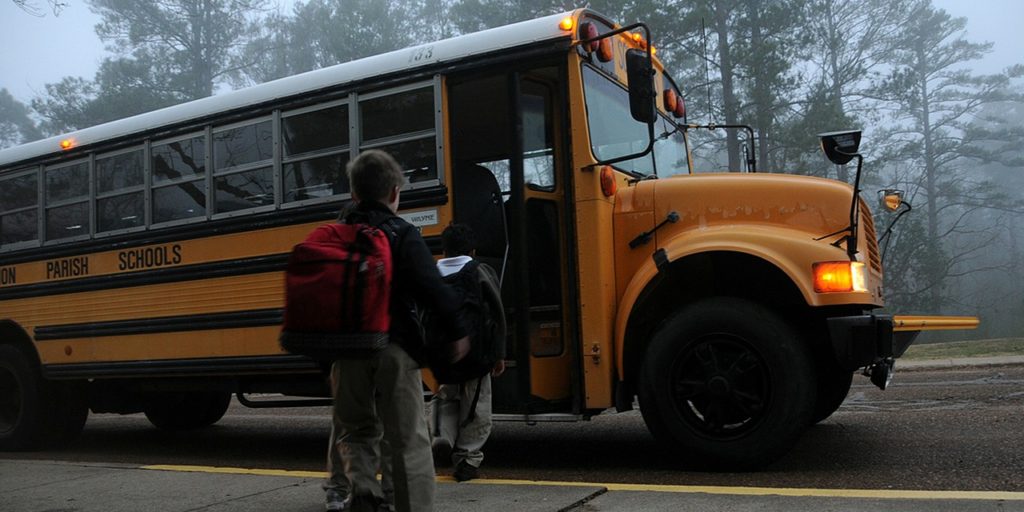- Waving a car through an intersection may have consequences - August 28, 2020
- The when, why and how of bifurcation - March 10, 2018
- Tougher distracted driver rules just down the road - January 10, 2018
With the school year back in full swing, drivers and pedestrians should be aware of safety issues, Toronto critical injury lawyer Salvatore Shaw says.
Toronto Mayor John Tory recently announced a slate of road safety measures tied to the start of the school year, including photo radar and hiring private security to fill crossing-guard shortages, the Globe and Mail reports.
Shaw, a partner with McLeish Orlando LLP, says while the province’s efforts to improve pedestrian safety are welcome, drivers and pedestrians could use a refresher course on road safety basics.
“There are reduced speeds in school zones for a reason,” he says. “A small increase in vehicle speed results in a disproportionate increase in pedestrian deaths.”
He points to a World Health Organization study that notes a pedestrian has a 90 per cent chance of survival when struck by a car travelling at 30 km/h or below, but less than 50 per cent chance of surviving an impact at 45 km/h. Pedestrians have almost no chance of surviving an impact at 80 km/h.
“It’s difficult for a driver to know exactly where all of the schools are in a given neighbourhood so it’s crucial to watch for the school zone signs,” Shaw says. “When you’re in those zones, you should be travelling much slower.”
‘Watch for school zone signs’
As well, drivers should approach school buses with caution.
“You have to anticipate that children are going to be on the road and may walk out in front of the bus — so drive accordingly,” he says.
Parents or caregivers who walk children to school should avail themselves of the safety mechanisms that are in the neighbourhood.
“Choose a route with sidewalks instead of along the side of the road. Find and use crosswalks and intersections with crossing guards instead of jaywalking,” Shaw notes. “Obviously, obey all the traffic signals that you encounter along the way.”
Keep an eye on approaching vehicles
He says if there are no sidewalks, pedestrians should walk on the opposite side of the road, toward oncoming traffic, so that they can keep an eye on approaching vehicles.
For children who walk to school by themselves, visible clothing is helpful as the days get shorter.
“It doesn’t hurt to have bright coloured clothes, backpacks or shoes,” Shaw says. “If they’re biking to school, ensure they wear reflective material, lights and a helmet.”
And helmets are non-negotiable, he says.
For children who travel to school on their own — whether by foot, bike or public transit — Shaw advises parents to accompany their kids as many times as necessary until satisfied that they can do it alone.
Crossing a street at a crosswalk or intersection is a much better option than jaywalking, but he warns pedestrians to remain vigilant.
“I always tell my children to assume that drivers don’t see them and to stay off of the road until approaching cars come to a full stop,” Shaw adds.

